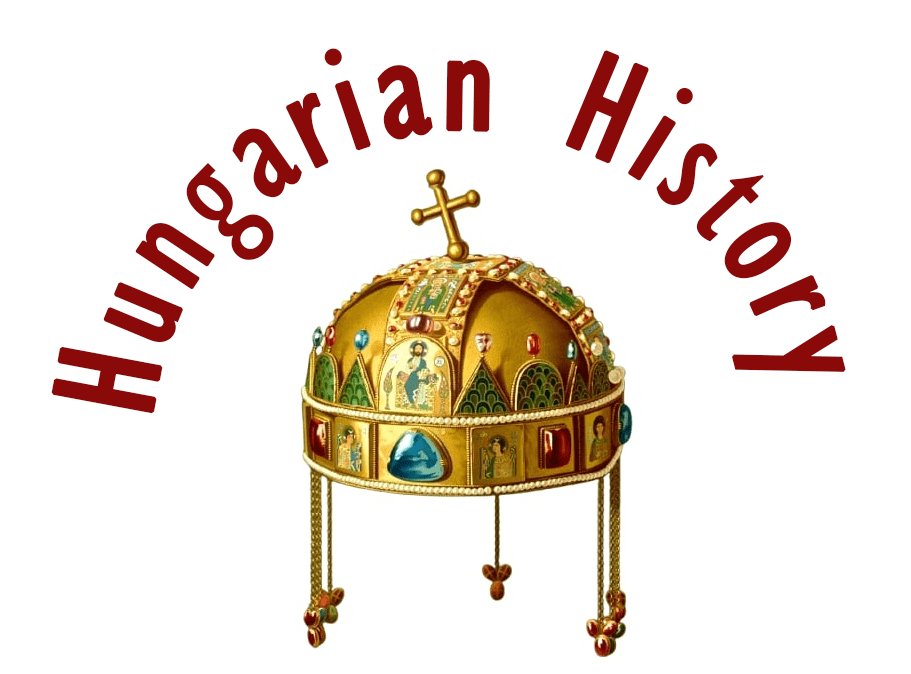
Kisselyk (Șeica Mică, Klein-Schelken) is a village in Transylvania, Romania, in Szeben County, only 30 kilometers from Medgyes to the southwest. It is famous for its Saxon fortified church, which was built in the Kingdom of Hungary. The jewel of the village is the three-nave fortress church. The church dedicated to St Catherine was built in the 13th century. Location: https://tinyurl.com/3ztp587k

Due to the frequent invasions and destruction by the Turks and the Crimean Tatars, it was enlarged several times in the 14th and 15th centuries and then rebuilt again in the 16th century.

Between 1316 and 1322, King Károly Róbert informed the Saxons of Szeben (Hermannstadt) and the Szeben County that the towns of Abtsdorf, Scholten, Schorsten, and a part of Kisselyk aka Kleinschelken (“villa Salchelk”) belonged to the Abbey of Egres. According to this document, Kisselyk / Kleinschelken was partly a subordinate community and had been owned by Egres Abbey for a long time. This is the first documented mention of the village.

In 1318, King Károly Róbert issued a charter for the Saxons of Mediasch, Marktschelken, and Kisselyk / Kleinschelken. They were to be exempted from serving in the army, from feeding and serving the king, but they were to pay 400 silver marks as an annual royal tax on St. Martin’s Day. In judicial matters, they were to enjoy the rights and liberties of all the Saxons of Szeben / Hermannstadt.

The settlement was mentioned in 1333 as Monte Fornacis. In 1365, there was a dispute between the inhabitants of Kisselyk / Kleinschelken and the noblemen from Feigendorf about a mill on the Große Kokel (Nagyküküllő River). The provincial assembly of Szeben / Hermannstadt (Sibiu) granted the right to the mill to the inhabitants of Kisselyk / Kleinschelken.

In 1414, the inhabitants of Marktschelken and Kisselyk / Kleinschelken complained to the Pope that the Bishop of Transylvania had imposed an interdict on the officials of these communes. The Pope decreed that, according to the papal decree of Boniface VIII of 1302, no interdict could be imposed for financial debts. According to a document from 1414, it already had a school, its schoolmaster was called Petrus.

In 1419 the representatives of the community appeared before King Zsigmond in Karschau and complained that the Abbot of Egres, Emmerich, had tried to occupy Kisselyk / Kleinschelken. The king confirmed in a document that Kleinschelken has always belonged to the Hungarian royal land since its foundation.

The Gothic Lutheran church is surrounded by a double ring of walls. The inner wall was built in the 15th century and the outer in the 16th century. The three-story wall, pierced with loopholes, was also added to the choir at this time. In front of the western façade of the church stands a square tower. Three other towers, built in different styles and at different times, reinforce the inner wall. The church’s bronze baptismal font was probably made by Leonardus, a master craftsman from Szeben, in 1477.

In 1494, King Ulászló II granted the community the right to hold weekly markets and annual fairs. At this time Kisselyk / Kleinschelken was more than twice as big as Marktschelken / Șeica Mare / Nagyselyk. In 1504,
the settlement was represented in the leadership of the Schelker Seat by a juror. In 1516 Kisselyk / Kleinschelken was the largest village in the Lower (Schelker) Seat. There were 129 house owners, 14 widows, 1 miller, and 3 shepherds.

In 1523, the officials of the town of Medgyes and the Two Seats issued a document in the town hall of Medgyes (Medwisch). They declared that the common forest called “Freytumb”, located between Kisselyk / Kleinschelken, Arbegen (Szászegerbegy), and Frauedorf should be given to the inhabitants of Kisselyk / Kleinschelken.

In 1530 the village was devastated during the Turkish wars. The Reformation came in 1553, and the bell of the church was cast in 1556. In 1532, Kisselyk / Kleinschelken was the largest municipality in the Lower Seats with 175 house owners. Even in the whole area of the Two Seats, only Berethalom / Birthälm, Medgyes / Mediasch, and Meschen are bigger than Kisselyk.

In 1576 Kisselyk received the privilege from the Transylvanian Prince Báthori Kristóf to elect its judge every year. This gave the village the right of blood jurisdiction (“ius gladii”). In 1578, it was recorded that there were four guilds in Kisselyk: coopers, furriers, linen weavers, and shoemakers.

In 1605 it was ravaged by marauding Hajdú troops of Török István. In 1610, Prince Báthory Gábor minted three-penny coins with K-S tokens in Kisselyk. In 1661, Ali Pasha convened a Transylvanian Diet here, at which Apafi Mihály took the princely oath. In 1705 it was overrun and plundered by Austrian imperial troops. The church organ and the choir stalls bear the date 1788.

The years 1838 (100 houses burnt) and 1865 (12 houses, 71 barns, 107 stables, and 175 sheds burnt) witnessed major fires. In 1856, a Gepida tomb was excavated; the gold-plated fibula and gold earrings found here are the oldest known Gepida finds from the Carpathian Basin.

In 1910 it had 1966 inhabitants, mostly Germans, with a significant Romanian minority. Until the Treaty of Trianon, it belonged to the Medgyes district of Nagy-Küküllő county. The settlement’s population peaked in the decade after the Second World War at around 4000. After the 70s almost 90% of the German-speaking population emigrated to Germany.

In 1992, the total population of the commune of 1,867 inhabitants was 1,640 Romanians, 155 Germans, 57 Gypsies and 15 Hungarians. The decline affected not only the Germans but also the Romanians; in 2002, the commune had barely one-third of the population of the 1950s. In 2002, a major reconstruction of the fortress church began with renovating the enclosed inner courtyard.

Sources: the Hungarian Wikipedia and Szász András https://szaszandras.info/ajanlo/muemlekek/kisselyk.html and https://web.archive.org/web/20081007065845/http://www.kleinschelken.de/pages/geschichte.htm#
Please, support me with a coffee here: https://www.buymeacoffee.com/duhoxoxa
You can check out my books on Amazon or Draft2Digital, they are available in hardcover, paperback, or ebook:
https://www.amazon.com/dp/198020490X or at https://books2read.com/b/boYd81

My work can also be followed and supported on Patreon: Become a Patron!http://Become a Patron!
Become a Patron! and donations can be sent by PayPal, too: https://tinyurl.com/yknsvbk7


https://hungarianottomanwars.myspreadshop.com/all
Subscribe to my newsletter here: https://tinyurl.com/4jdjbfkn
Here are a few pictures of Kisselyk:




















